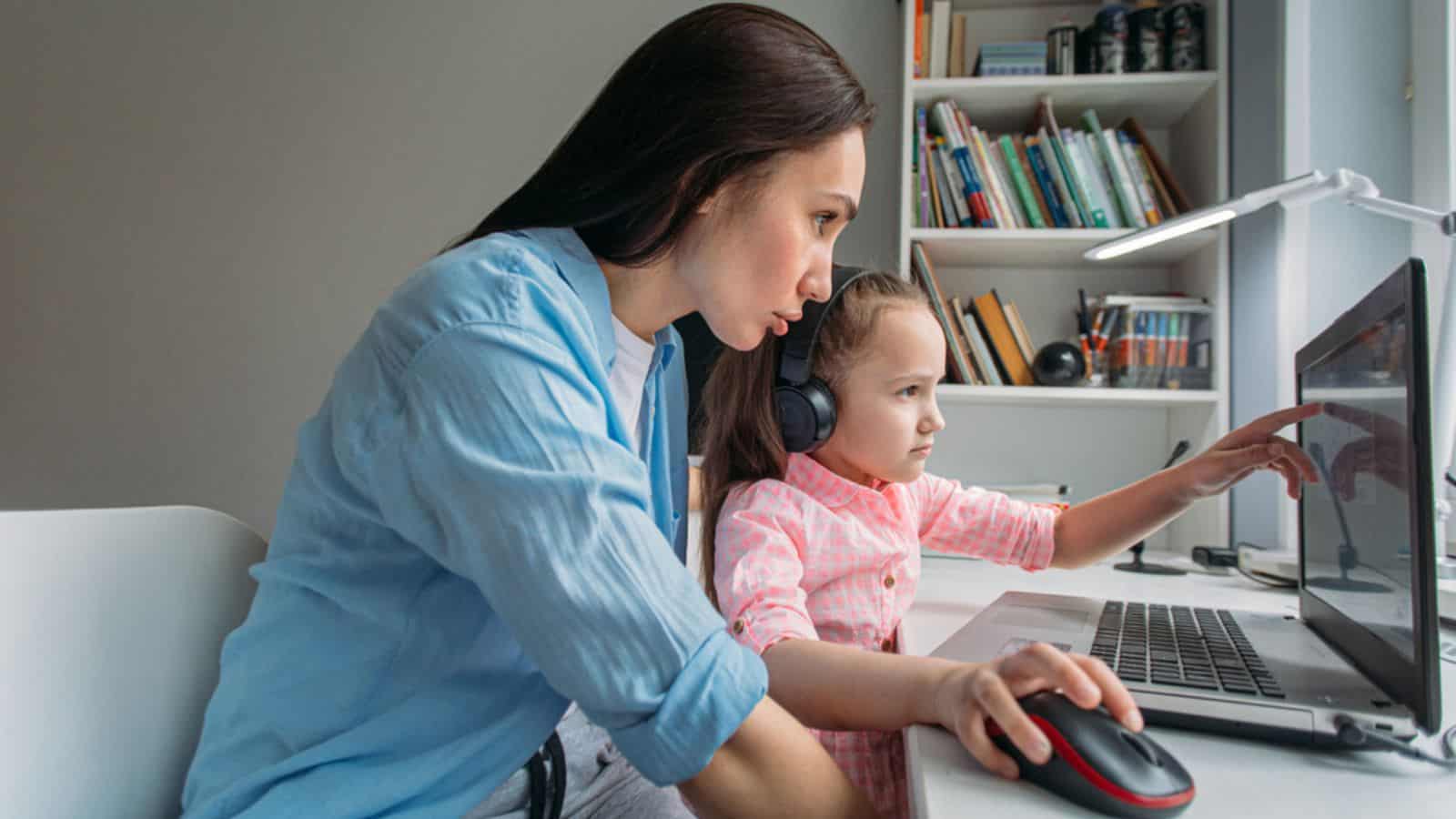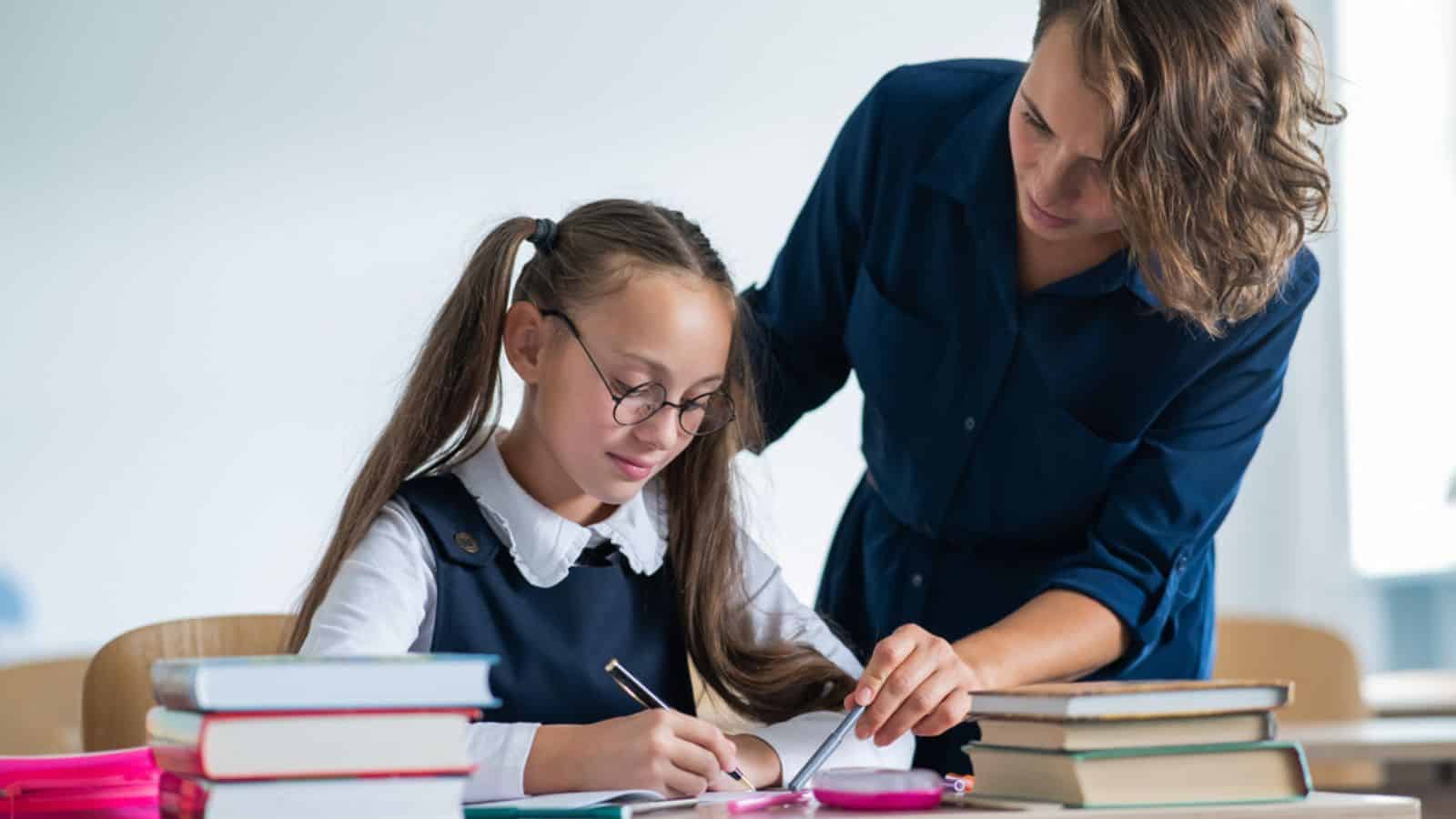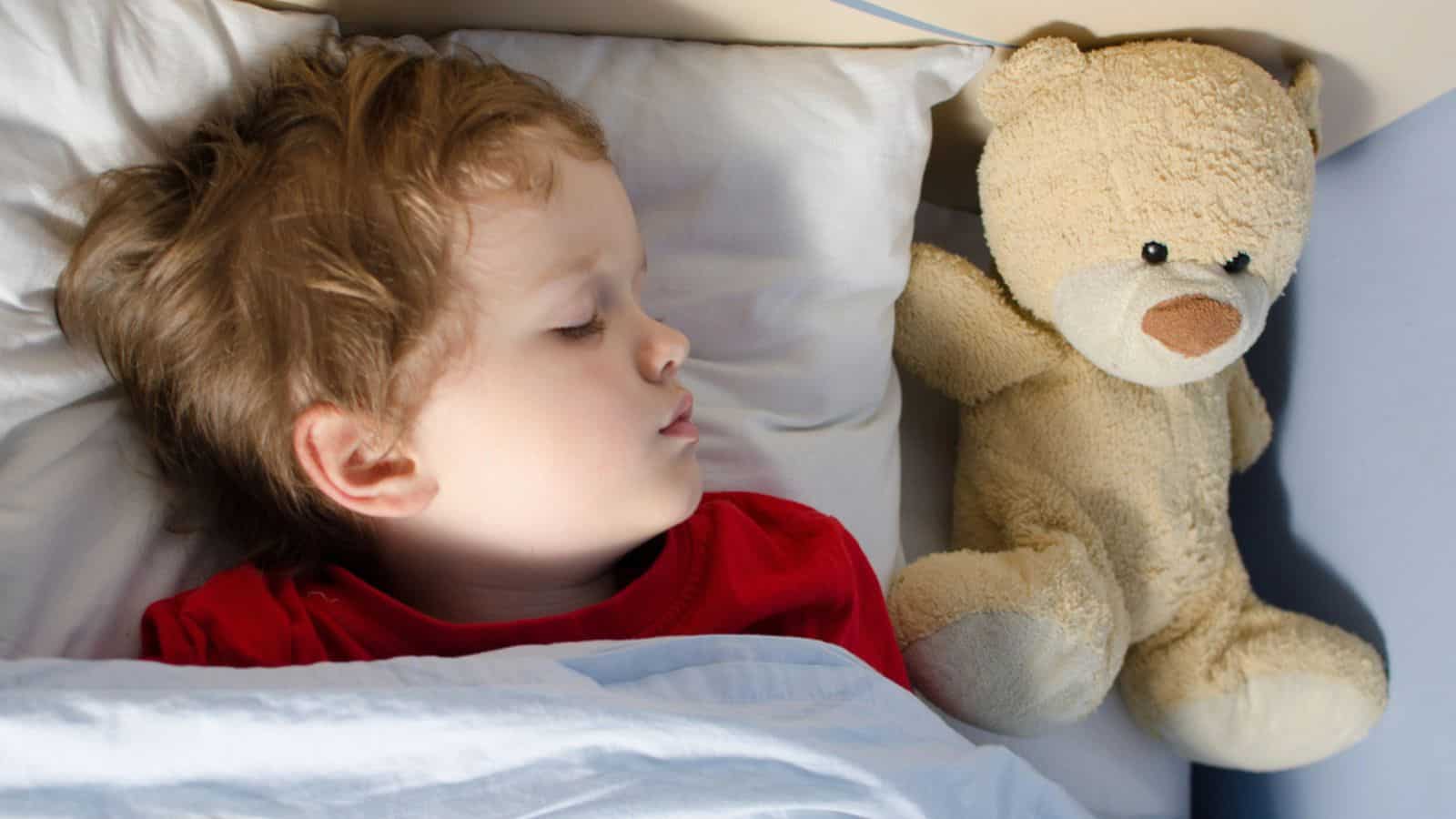Stop Eye Damage: 18 Easy Habits To Implement To Safeguard Your Kids’ Vision

In a world where screens are a common part of daily life, outdoor play is sadly often exchanged for digital entertainment. Because of this, safeguarding our children’s vision has never been more critical. Good eyesight affects kids’ educational, physical, and social growth, and as parents, we should be the first to cultivate habits that promote healthy vision and prevent potential eye problems that could follow them into adulthood. To help safeguard your kids’ vision, here are 18 habits you should diligently implement.
Encourage Outdoor Play

Encouraging outdoor playtime is one of the simplest yet most effective ways to promote healthy vision in children. Natural light exposure helps regulate the development of the eyes and reduces the risk of nearsightedness. Oakley says, “Outdoor activities stimulate visual development and help prevent the onset of myopia. Aim for at least two hours of outdoor play each day, allowing kids to engage in activities that promote distance vision, such as running, biking, and playing sports.”
Adequate Lighting

Proper lighting is essential when children are doing homework, reading, or writing. Inadequate lighting can cause eye strain and affect the eyes’ ability to focus. Natural light is the best option when available, but when it’s not, make sure that the lighting in your child’s study area is bright enough to prevent squinting, but not so bright that it causes glare. Desk lamps are great at providing direct light to the task at hand, for example, when doing homework. Glare on screens can also be a problem, so consider anti-glare screen protectors or position computers away from direct light sources.
Regular Eye Exams

Regular eye exams are crucial for detecting and addressing vision problems early on. Schedule comprehensive eye exams for your child starting at around six months of age, then again at age three and before starting school. Afterward, annual eye exams are recommended to monitor their vision and eye health. Oakley stresses, “Early detection of vision issues is key to successful treatment and management. Regular eye check-ups can identify problems like refractive errors or lazy eye and allow for prompt intervention.”
UV Protection

Just as the skin needs protection from the sun’s ultraviolet (UV) rays, so do the eyes. Prolonged exposure to UV rays can damage the eyes and lead to cataracts, macular degeneration, or even cancers of the eye later in life. Protect your child’s eyes from an early age by encouraging your child to wear sunglasses that block 100% of both UVA and UVB rays. A wide-brimmed hat is also great for additional protection. Remember that UV rays can penetrate clouds, so sunglasses are important even on overcast days. According to the Skin Cancer Foundation, protection from UV rays is just as important for the eyes as it is for the skin.
Provide A Nutrient-Rich Diet

A well-balanced diet rich in vitamins and minerals is vital for maintaining optimal eye health. Foods high in antioxidants, omega-3 fatty acids, and vitamins A, C, and E can help protect against age-related vision problems and promote overall eye health. Incorporate plenty of colorful fruits and vegetables into your child’s diet, such as carrots, spinach, berries, and oranges. Oakley says, ‘Nutrient-rich foods support healthy eye development and reduce the risk of conditions like macular degeneration and cataracts later in life.’
20-20-20 Rule

The 20-20-20 rule is a simple practice to help reduce eye strain, especially during prolonged periods of screen use. The rule suggests that for every 20 minutes spent looking at a screen, a person should look at something 20 feet away for at least 20 seconds. This short break allows the eyes to relax and can help minimize digital eye strain. Parents can teach their children this rule and encourage them to make it a habit whenever they are using digital devices. This practice can be particularly beneficial in maintaining children’s eye comfort and health in today’s digital age.
Proper Ergonomics

Proper ergonomics can help children maintain good posture and avoid eye strain when using computers or doing other close-up work. The top of the computer screen should be at or slightly below eye level, and the screen should be about an arm’s length away from the child’s eyes. Chairs should be adjusted so that children’s feet are flat on the ground (or on a footrest), and their wrists should not be strained when typing or using a mouse. The goal is to create a comfortable environment that promotes good posture, which in turn can reduce the risk of developing neck, shoulder, and eye strain.
Limit Screen Time

In today’s digital age, children spend more time than ever in front of screens, which can strain their eyes and contribute to vision problems. It’s essential to establish healthy screen time habits early on. Limit recreational screen time to no more than two hours per day for older children and encourage frequent breaks to rest their eyes.
Hygiene

Good hygiene practices are crucial for preventing eye infections, especially for children who are prone to touching their eyes. Handwashing should be a frequent and well-established routine, as it’s one of the most effective ways to prevent the spread of germs that can lead to conjunctivitis (pink eye) and other eye infections. If your child wears contact lenses, teach them proper lens care and handling: washing hands thoroughly before inserting or removing contact lenses, following the recommended schedule for wearing and replacing lenses, and using the correct solutions for cleaning and storing the lenses. Children should also be taught not to share any items that come into contact with the eyes, such as towels, washcloths, or eye makeup. By instilling good hygiene habits early on, parents can help protect their children from eye infections that can cause discomfort and, in some cases, more serious vision problems if left untreated.
Avoid Rubbing Eyes

Frequent rubbing of the eyes can be harmful as it may introduce germs and irritants, potentially leading to infections or allergic conjunctivitis. Moreover, vigorous rubbing can also cause the thinning of the cornea over time, a condition known as keratoconus. It’s important to teach children to keep their hands away from their eyes. If an itch or discomfort occurs, they should wash their hands and then use a clean tissue or washcloth to gently wipe their eyes. If your child continues to rub their eyes, they may have eye fatigue or allergies, and at this point it’s a good idea to consult an eye care professional to find the root cause.
Protective Eyewear

Children are often engaged in activities that can put their eyes at risk, such as sports, science experiments, or even just playing outside. Protective eyewear can significantly reduce the risk of eye injuries, which are surprisingly common among children. The American Academy of Ophthalmology (AAO) reports that thousands of children sustain eye injuries each year, many of which could be prevented with proper safety eyewear. Polycarbonate lenses are recommended for children’s protective eyewear because they are much more impact-resistant than other types of plastic. Whether it’s for sports, woodworking, or art projects, ensuring your child wears the appropriate protective eyewear can prevent serious eye injuries.
Educate on Eye Safety

Education is key to preventing eye injuries. Teach your children about the dangers of sharp objects and the importance of being cautious when using or being around potential hazards, such as pencils, or scissors. Explain the necessity of wearing safety goggles during activities that pose a risk to their eyes, like certain sports, science experiments, or DIY projects.
Stress the Importance of Good Sleep

Adequate sleep is essential for overall health, including eye health. During sleep, the eyes rest, repair, and replenish so they can function properly. Children who do not get enough sleep may experience eye strain, dryness, and irritation. The American Academy of Pediatrics recommends that children between the ages of 6 to 12 years get 9-12 hours of sleep per night, while teenagers need 8-10 hours. Ensuring that your child has a consistent bedtime routine can help them have better sleep quality and, in turn, healthier eyes. Try reducing screen time before bed and creating a relaxing pre-sleep routine so your child can have a good night’s rest.
Teach Proper Reading Techniques

Proper reading habits can prevent unnecessary eye strain and fatigue. Teach your children to hold their books or devices at a comfortable distance, approximately 12-15 inches from their eyes, and to keep the material at eye level to avoid tilting their head up or down. Good posture also plays a role; sitting up straight with support for the back can prevent slouching, which can lead to neck and shoulder strain, as well as eye fatigue. Additionally, you should encourage regular breaks while reading to rest the eyes.
Limit Exposure to Smoke and Pollution

Exposure to smoke and pollution can irritate the eyes and lead to chronic eye problems. Smoke, in particular, contains harmful substances that can contribute to dry eye syndrome and other ocular surface diseases. It’s important to maintain a smoke-free environment for children, both at home and in any other indoor spaces they frequent. When outside, try to avoid areas with heavy traffic or industrial pollution.
Model Healthy Habits

Children often emulate the behavior of their parents or guardians. By modeling healthy habits, such as wearing sunglasses with UV protection, taking breaks during screen time, and maintaining a balanced diet, you can instill similar values in your children. Engage in outdoor activities together, and show them the importance of regular eye exams by scheduling and attending your own.
Encourage a Variety of Activities

A mix of activities can help children use their eyes in different ways, which is beneficial for eye development and general health. Encourage your children to engage in activities that involve looking at objects at various distances, such as playing outside, drawing, building with blocks, or participating in sports. These activities can help strengthen eye muscles and improve visual skills like focusing and tracking. Diverse activities also reduce the risk of prolonged near work, which is associated with the development of myopia (nearsightedness). The American Academy of Ophthalmology supports the idea that time spent outdoors can slow the progression of myopia in children. By fostering a balance between close-up activities like reading and screen time with outdoor play and sports, parents can promote healthier vision and reduce eye strain in their children.
Watch for Signs of Vision Problems

Parents should be vigilant for signs that may indicate vision problems in their children. Common signs include squinting, sitting too close to the television or holding devices too close, frequent eye rubbing, sensitivity to light, or complaints of headaches and eye fatigue. If a child is avoiding activities that require near vision or has difficulty seeing the board at school, it might be time for an eye exam. Early detection and treatment of vision issues are critical to prevent long-term effects on a child’s eye health and academic performance.
10 Tips to Balance Work and Family Life as a Parent of Young Children

Balancing the demands of work and family life as a parent of young children can be challenging, but with the right strategies, it is possible to find harmony and fulfillment in both areas. Here are some tips to help parents navigate the delicate balance between career responsibilities and family commitments.
10 Tips to Balance Work and Family Life as a Parent of Young Children
10 Techniques To Use Positive Discipline With Your Young Children

When disciplining children, it’s important to use gentle and effective methods that don’t rely on punishment. Positive discipline focuses on teaching and nurturing rather than punishment. Here are some positive techniques to consider.
10 Techniques To Use Positive Discipline With Your Young Children






